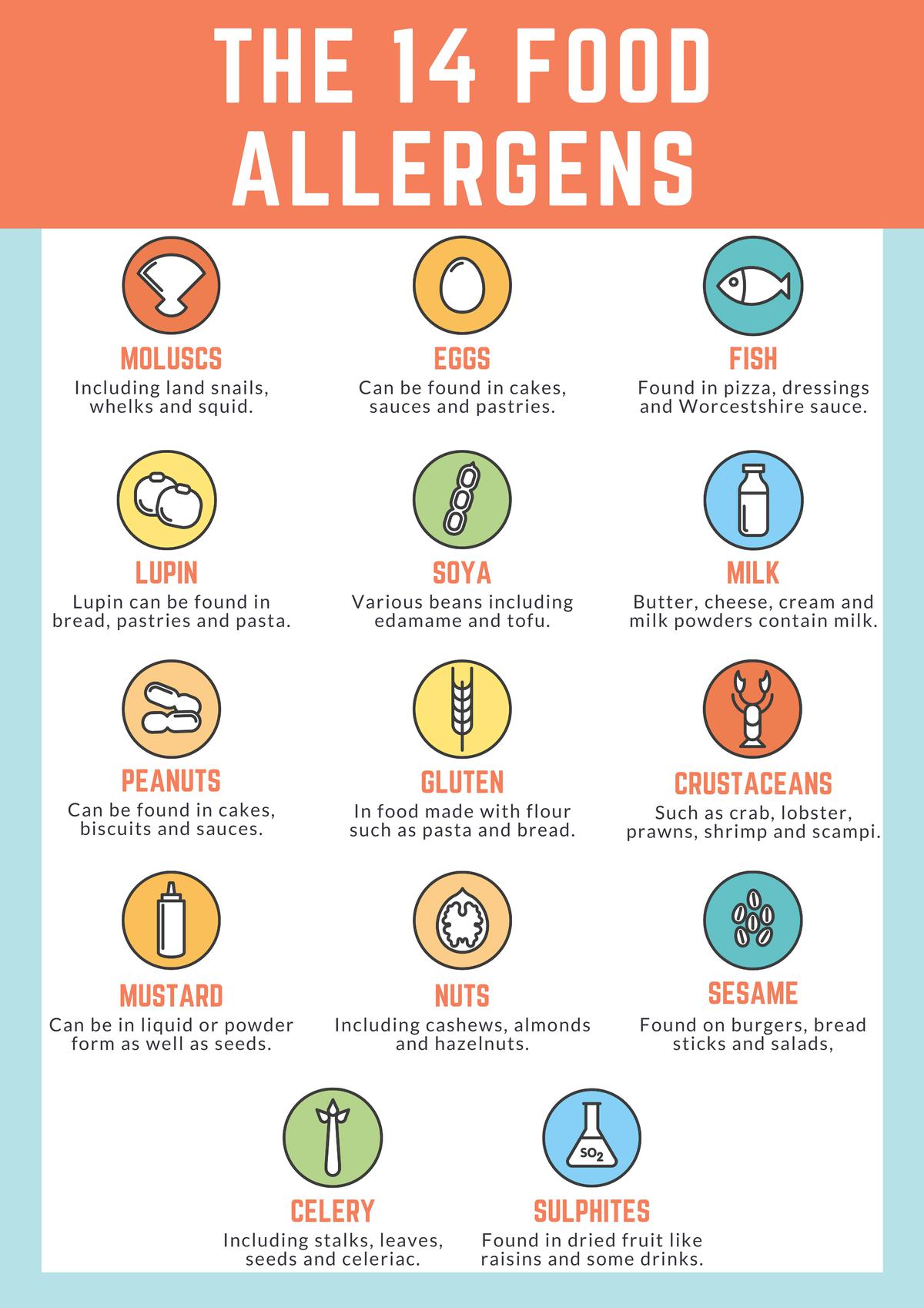Allergy testing and Immunotherapy
एलर्जी क्या है ?
What is an Allergy?
Allergy is a condition in which the immune system of the affected person reacts to something that is eaten, touched, or inhaled. The patient’s immune system reacts as if it were an “enemy invader” (like a virus). This reaction leads to symptoms that often adversely affect the patient’s work, play, rest, and overall quality of life. Any substance that triggers an allergic reaction is called an allergen.
It is estimated that 1 in 4 people have allergies. Many ear, nose and throat complaints are due to allergies. An ear, nose, and throat specialist can help determine if you have underlying allergies and help develop a management plan that will help make life more enjoyable.
प्रतिरक्षा चिकित्सा क्या है ?
What is Immunotherapy?
Immunotherapy is a preventive treatment for allergic reactions to substances such as grass pollens, house dust mites and bee venom. Immunotherapy involves giving gradually increasing doses of the substance, or allergen, to which the person is allergic. The incremental increases of the allergen cause the immune system to become less sensitive to the substance, probably by causing production of a “blocking” antibody, which reduces the symptoms of allergy when the substance is encountered in the future. Immunotherapy also reduces the inflammation that characterizes rhinitis and asthma.
Before starting treatment, the allergist and patient identify trigger factors for allergy symptoms. Skin or sometimes blood tests are performed to confirm the specific allergens to which the person has antibodies. Immunotherapy is usually recommended only if the person seems to be selectively sensitive to several allergens.
Types of Immunotherapy
1. Allergy Shots
Allergy shots, also known as subcutaneous immunotherapy (SCIT), are the most commonly used and most effective form of allergy immunotherapy. This is the only treatment available that actually changes the immune system, making it possible to prevent the development of new allergies and asthma.
2. Sublingual Immunotherapy (SLIT)
Sublingual (under the tongue) immunotherapy is an alternative way to treat allergies without injections. The only FDA-approved sublingual therapy is tablets. Allergy drops are not FDA-approved and are off-label in the United States.
3. Medications
Decongestants and antihistamines are the most common allergy medications. They help to reduce a stuffy nose, runny nose, sneezing and itching. Other medications work by preventing the release of the chemicals that cause allergic reactions. Corticosteroids are effective in treating inflammation in your nose.
What are common allergens?
An allergen is a type of antigen that produces an abnormally vigorous immune response in which the immune system fights off a perceived threat that would otherwise be harmless to the body. Such reactions are called allergies. A few of them are listed below
- Pollens
- Mold
- Dust
- Feathers
- Animal Dander
- Food
- Fungus
- Mites
Pollens
Seasonal allergens include grasses, trees, and weeds. Early springtime allergies are most often caused by pollens to trees such as elm, maple, birch, poplar, beech, ash, oak, walnut, sycamore, cypress, hickory, pecan, cottonwood, and alder. Flowering plants rarely cause allergy symptoms. Often fragrant flowers are blamed for the uncomfortable symptoms, yet they are rarely the cause; their pollens are too heavy to be airborne. Summer pollens come from grasses like timothy, orchard, red top, sweet vernal, Bermuda, Johnson, and some bluegrasses. Late summer and fall allergens include weeds such as ragweed.

Household Allergens
Certain allergens are present all year long. These include house dust mites, pet dander, and molds. Symptoms caused by these allergens often worsen in the winter when the house is closed up, due to poor air ventilation.
Mold
Mold spores also cause allergy problems. Molds are present all year long and grow both outdoors and indoors. Dead leaves and soil are common sources for outdoor molds. Indoor plants, old books, bathrooms, and damp areas are common sources of indoor mold growth.
What are the Symptoms of Ear, Nose and Throat Allergies?
People often think of allergy as only “hay fever,” with sneezing, runny nose, nasal stuffiness and itchy, watery eyes. However, allergies can also cause symptoms such as chronic “sinus” problems, excess nasal and throat drainage (postnasal drip), head congestion, frequent “colds,” hoarse voice, eczema (skin allergies), recurring ear infections, hearing loss, dizziness, chronic cough and asthma. Even stomach and intestinal problems, as well as excessive fatigue and headache, can be symptoms of allergy.
When should a doctor be consulted?
When allergy symptoms are not well controlled with over the counter medications, a doctor should be consulted. The doctor will gather a detailed history and complete a thorough examination of the ears, nose, throat, and head. The doctor will also offer advice on proper environmental controls to decrease exposure to allergens. The doctor will evaluate the sinuses to determine if infection or structural problems (deviated septum, polyps) are causing the symptoms. In addition, the doctor may suggest testing to find the specific allergen that is causing discomfort.


